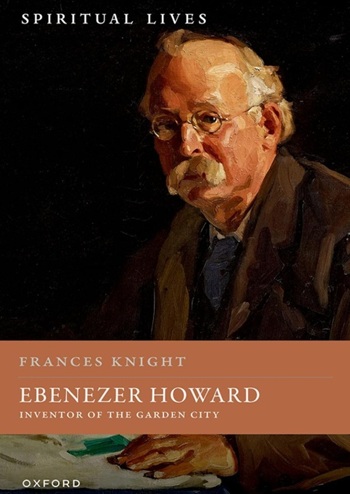Truth to materials
Truth to materials is an architectural theory based on the idea that materials should be used where they are most appropriate, and without their innate qualities being concealed in any way.
The sculptor Henry Moore, said:
“…one of the first principles of art so clearly seen in primitive work is truth to material; the artist shows an instinctive understanding of his material, its right use and possibilities.”
Examples of this theory in practice include:
- Exposed concrete left unpainted, with shuttering marks unsanded.
- Timber’s natural grain left unpolished, painted or stained.
- Copper’s natural patina left untouched.
- Steelwork left exposed.
As a theory, it is most closely associated with modernist architecture, although it originated in the Industrial Revolution, as a consequence of technological development, when it became increasingly possible, but perhaps not desirable, to adapt materials for aesthetic purposes.
In the early-20th century, the Bauhaus movement taught ‘truth to materials’ as a core principle, and held that materials should be used in their most ‘honest’ form, without changing their nature. This was seen to be in conflict with the large range of synthetic materials that were being developed at the time which, due to their inexpensiveness and advantageous properties, were increasingly selected as a substitute for natural materials.
In practice, truth to materials requires sensitivity on the part of the designer and the craftsman who works with the material. They should be aware of how a material can be drilled, sawn, shaped, etc., without damaging it, rendering it unsafe or unstable, but with a the sensitivity to how a it is most appropriately used and adapted.
Critics of the theory argue that this sensitivity to materials has to be balanced with the imaginative ‘vision’ or creativity of the designer or craftsman. They hold that the aesthetic potential of materials should not be foregone solely in favour of its utilitarian purpose.
[edit] Related articles on Designing Buildings Wiki
Featured articles and news
A change to adoptive architecture
Effects of global weather warming on architectural detailing, material choice and human interaction.
How big is the problem and what can we do to mitigate the effects?
Overheating guidance and tools for building designers
A number of cool guides to help with the heat.
The UK's Modern Industrial Strategy: A 10 year plan
Previous consultation criticism, current key elements and general support with some persisting reservations.
Building Safety Regulator reforms
New roles, new staff and a new fast track service pave the way for a single construction regulator.
Architectural Technologist CPDs and Communications
CIAT CPD… and how you can do it!
Cooling centres and cool spaces
Managing extreme heat in cities by directing the public to places for heat stress relief and water sources.
Winter gardens: A brief history and warm variations
Extending the season with glass in different forms and terms.
Restoring Great Yarmouth's Winter Gardens
Transforming one of the least sustainable constructions imaginable.
Construction Skills Mission Board launch sector drive
Newly formed government and industry collaboration set strategy for recruiting an additional 100,000 construction workers a year.
New Architects Code comes into effect in September 2025
ARB Architects Code of Conduct and Practice available with ongoing consultation regarding guidance.
Welsh Skills Body (Medr) launches ambitious plan
The new skills body brings together funding and regulation of tertiary education and research for the devolved nation.
Paul Gandy FCIOB announced as next CIOB President
Former Tilbury Douglas CEO takes helm.
UK Infrastructure: A 10 Year Strategy. In brief with reactions
With the National Infrastructure and Service Transformation Authority (NISTA).
Ebenezer Howard: inventor of the garden city. Book review.
Airtightness Topic Guide BSRIA TG 27/2025
Explaining the basics of airtightness, what it is, why it's important, when it's required and how it's carried out.





















